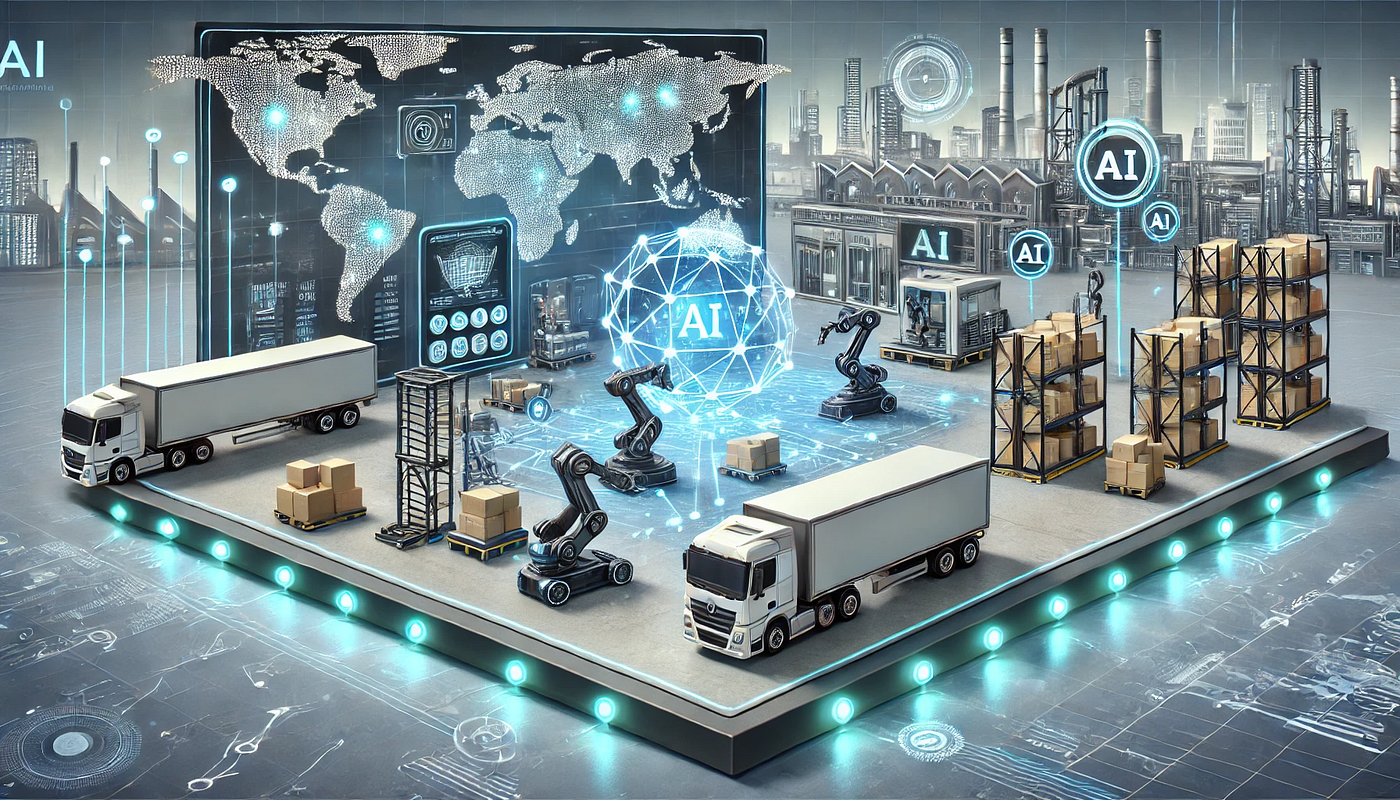Smart cities are the embodiment of modern technological innovation, designed to improve urban life through interconnected digital systems. At their core, these cities rely on the Internet of Things (IoT), artificial intelligence (AI), and real-time data analytics to streamline services such as traffic management, waste disposal, energy consumption, and public safety. Thousands of IoT sensors scattered throughout the city gather massive amounts of data, enabling automated decisions that make transportation smoother, buildings more energy-efficient, and emergency response systems faster. AI algorithms then interpret this data, identifying patterns and optimizing urban functions with minimal human intervention. The ultimate goal of smart cities is sustainability, efficiency, and improved quality of life. However, this deep interconnectivity that drives innovation also introduces complex security challenges. Every connected device becomes a potential entry point for cybercriminals, making cybersecurity not just a technological concern but a fundamental pillar of urban planning.
Key Security Risks in Urban Connectivity – From traffic systems to public Wi-Fi vulnerabilities
The same technologies that make cities smarter also make them more vulnerable. Urban infrastructure today depends on seamless connectivity, but this reliance creates an intricate web of potential risks. Compromised IoT sensors in traffic systems could manipulate signals, causing gridlock or even accidents. Public Wi-Fi networks, often unsecured, can expose citizens to data theft, malware, and man-in-the-middle attacks. City management systems that control utilities such as water or electricity can be targeted by ransomware, potentially crippling essential services. In some cases, outdated legacy systems remain integrated into modern smart infrastructures, creating weak links that hackers can exploit. The interdependence between digital and physical systems means that a breach in one area can cascade across multiple sectors. As urban environments become more connected, the challenge lies in ensuring that innovation does not outpace security preparedness.
Real-World Breaches and Lessons Learned – Incidents like the 2024 Barcelona smart grid attack
The 2024 cyberattack on Barcelona’s smart grid served as a stark reminder of how digital vulnerabilities can disrupt an entire city. Hackers infiltrated the city’s energy management system, causing temporary blackouts in several districts and interrupting transportation and communication services. Investigations revealed that the attackers exploited a vulnerability in a third-party IoT management platform used to control energy distribution. The incident exposed the risks of supply chain dependencies and the lack of unified cybersecurity standards across municipal departments. Barcelona’s response was swift: city officials implemented a comprehensive review of their digital infrastructure, increased employee cybersecurity training, and strengthened partnerships with private cybersecurity firms. The attack underscored an important lesson for other cities—that smart infrastructure is only as strong as its weakest connection, and proactive defense strategies must evolve as rapidly as the technologies they protect.
The Role of 5G in Expanding Attack Surfaces – How next-gen connectivity complicates defense
The rollout of 5G networks has revolutionized connectivity within smart cities, enabling faster data transfer, lower latency, and broader integration of devices. However, this expansion also amplifies cybersecurity risks. 5G allows millions of IoT devices to connect simultaneously, dramatically increasing the number of potential entry points for attackers. The decentralized nature of 5G infrastructure—relying on smaller, distributed base stations—complicates network monitoring and threat detection. Moreover, 5G’s software-driven architecture introduces new vulnerabilities that can be exploited if not properly secured. While the technology offers enormous benefits for autonomous vehicles, smart grids, and public safety systems, it also demands advanced encryption, continuous monitoring, and cross-sector collaboration to safeguard these systems. As cities embrace 5G to power their smart ambitions, they must also prepare for the new security realities it brings.
Cyber Resilience Strategies for City Governments – Governance, encryption, and monitoring best practices
Building a cyber-resilient smart city requires a holistic approach that integrates governance, technology, and human expertise. City governments must establish clear cybersecurity frameworks that define roles, responsibilities, and protocols for all stakeholders, from policymakers to IT operators. Encryption should be applied at every data exchange point, ensuring that sensitive information remains secure even if intercepted. Real-time monitoring and anomaly detection systems can help identify breaches before they escalate. Regular vulnerability assessments, penetration testing, and incident response drills are essential to maintain preparedness. Collaboration between public and private sectors also strengthens resilience, as many smart city technologies are sourced from external vendors. Beyond technology, public awareness campaigns can educate citizens on digital hygiene, since end-user behavior often represents the first line of defense. Resilience is not about preventing every attack but ensuring that a city can detect, respond to, and recover from them swiftly and effectively.
The Future of Smart City Regulation – Global frameworks shaping digital urban safety
As smart cities continue to evolve, global regulatory frameworks are beginning to shape their digital security landscape. International organizations and regional alliances are working toward standardized cybersecurity guidelines for urban infrastructures. The European Union’s Cybersecurity Act, for instance, promotes certification schemes for connected devices, while the United Nations has emphasized the importance of ethical data governance and privacy protection. National governments are also creating specific policies to secure critical digital assets and encourage information sharing among municipalities. However, regulatory progress remains uneven, with many developing cities lacking the resources or expertise to implement robust frameworks. The future of smart city safety will depend on achieving global cooperation, ensuring that innovation, data privacy, and security grow hand in hand. In this new digital urban era, cybersecurity is not a supplementary feature—it is the foundation upon which the smart cities of tomorrow will stand.

